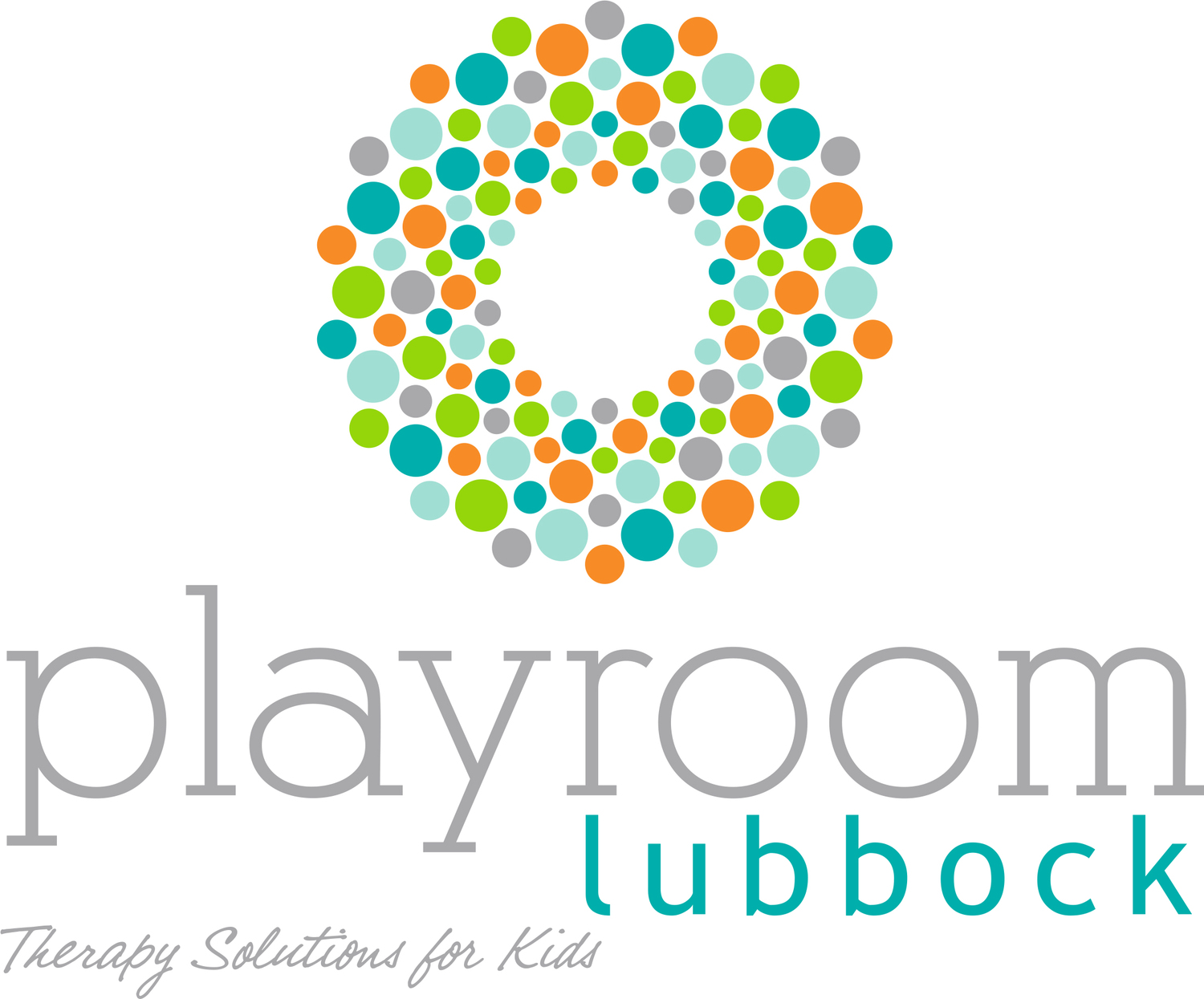We as adults often wonder how to best communicate with the tiny humans in our lives, whether they are our own children, nieces or nephews, our best friend's kiddos, or the kids we work with on a daily basis. Each child communicates in a way that works best for themselves and how they are developing and it can be difficult to understand what they are needing or wanting from you as an adult. Being able to communicate effectively with the tiny humans in our lives is essential to them feeling heard and understood.
The book, How To Talk So Kids Will Listen & Listen So Kids Will Talk by Adele Faber and Elaine Mazlish, is a helpful tool to understanding the intricacies of childhood communication. It also contains helpful and amusing cartoons that show healthy and effective communication styles. In this article, I will review and highlight some important pointers from the book that may help you understand and communicate more effectively with the tiny humans in your life.
The first thing the book talks about is helping children deal with their feelings. Feelings are part of everybody's everyday life and it shouldn't come as any surprise to know that children experience emotions just like we do. They are going through a whole new experience in life: constantly changing, growing, and developing. These new experiences can be really exciting but often also really overwhelming. One of the authors writes, "steady denial of feelings can confuse and enrage kids". When learning to communicate with children, it is essential to listen to what they are feeling.
Our authors suggest four tips on helping with feelings and they include:
1. Listen with full attention 2. Acknowledge their feelings with a word: "oh, I see, mmhmm" 3. Give their feelings a name: "you're feeling angry", "you're feeling sad" 4. Give them their wishes in fantasy: "you wish you could go take a nap right now because you're so sleepy"
While, given certain situations, these tips may not be easily employed, they may be a good place to start.
Another topic the book talks about is engaging cooperation. Sometimes, it can feel useless asking or telling your child to do something you want them to do. You try every means of communication you know and they still don't listen or obey. So how do we get our kiddos to listen to us and cooperate with what we are trying to say?
Faber and Mazlish list some tips here to help engage cooperation:
1. Describe what you see or describe the problem: "the light is on in the bathroom" 2. Give information: "walls are not for writing on, paper is for writing on" 3. Say it with a word: "Jill, your lunch!" (in this instance, less is more) 4. Talk about your feelings: "I feel so frustrated when I start to say something and can't finish." 5. Write a note: written on the bathroom mirror "Help! Hairs in my drain give me a pain!"
Engaging with the children in your life at any age allows them to feel heard and gives them the space to learn how to work with you.
Learning these and other communication tips can be helpful in understanding your children and working with them in a healthier manner. Every child desires to be heard and every adult wants to be able to understand them. If you are a parent or an adult who works with or interacts with children regularly, you might find books such as this one helpful in communicating!
The women who wrote this book also wrote one on interactions with teens called How To Talk So Teens Will Listen & Listen So Teens Will Talk. A lot of the same communication skills are written about but from the perspective of talking to teenagers.
Reference: Faber, A., & Mazlish, E. (1999). How to talk so kids will listen & listen so kids will talk:with a new afterword: "the next generation" by Joanna Faber. New York: Scribner.

